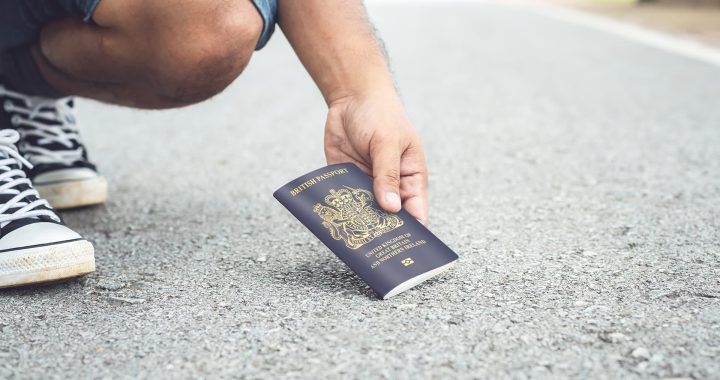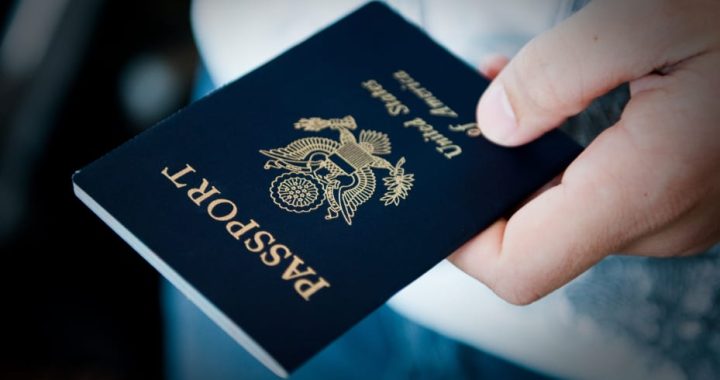A Guide About Immigration Bond, And How Does It Work?
4 min read
Last Updated on July 27, 2021 by EricJones
Immigration In the event that a companion or relative is confining for movement infringement; you ought to get a migration bond for them to be delivered from prison until their court appearance. Movement bonds will be talking about exhaustively in this post with the goal that you may improve comprehension of how they work.
U.S. travel and Customs Enforcement is the government organization responsible for movement. Movement and Customs Enforcement (ICE) has the power to capture and keep dubious unfamiliar nationals. ICE has the lawful ability to deliver the suspect on close-to-home recognizance; which implies that they might be taken out from detainment without paying bail. At the point when a migration court or ICE sets security; however; it’s critical to see how they work. Here are migration bonds clarify further.
The Immigration Bond and How It Works
A prisoner’s migration bail is generally paid by somebody with lawful status in the United States who is something like 18 years of age. The individual turns into their obligor and is answerable for any documentation required by ICE for the detainee to be delivered.
Migration Bond Eligibility
Most non-residents in authority are qualified for movement bonds. Be that as it may; numerous factors impact the passing necessities; for example; regardless of whether the detainee has a criminal record or is a high-hazard prisoner.
Specifically; in cases; a detainee considered ineligible for a movement bond by ICE may demand discharge on a migration bond from a migration court.
Those confined by ICE and allowed migration bond qualification will have the aggregate sum of bail dictated by the District Director of v.
To fit the bill for migration security; prisoners should likewise exhibit to the motion court that they are neither a flight hazard nor a threat to the local area.
Migration Bonds Come in a Variety of Forms
Willful takeoff bonds and conveyance bonds are the two sorts of movement bonds accessible.
Willful Departure Bond:
This bond is normally accessible for detainees who need to withdraw from the United States without returning their case to remain in the country.
The detainee is delivered from confinement relying on the prerequisite that they withdraw the country within a given time span, commonly 60 to 120 days. They then, at that point have a specific measure of time to get their undertakings all together prior to leaving the United States.
Prisoners are needed by the migration court to get ready for work and convenience in the new area. They’ll need to cook for the migration charges too.
They won’t have an evacuation request on their record; suggesting that future reemergence into the United States will be simpler than if the state coercively ousted them.
The repercussions of neglecting to leave after this sort of court understanding are serious. They will bring about common punishments, a 10-year entrance limitation, bond relinquishment, or potentially the giving of a programmed expulsion request.
Conveyance Bonds:
Conveyance bonds empower detainees to be briefly delivered from prison or care while their cases are being settled. Moreover, rather than remaining in guardianship for a significant time frame while their cases progress, they will be permitted to invest energy with their family members in the United States and look for legitimate counsel.
The Price of an Immigration Bond and the Methods of Payment
An appointed authority’s choice on the most proficient method to charge movement bonds depends on certain standards; by and by, the base intentional flight bond is 500 dollars, and the base conveyance bail is 1500 dollars. In the event that the detainee accepts their unique bond is excessive, they may demand that it be diminished.
It’s additionally important that detainees can’t pay for migration bonds utilizing money or individual checks.
Holding Requirements for Immigrants
You will be expected to put down some insurance as security for your movement attach to get one. Money, land, property, or Visas might be utilized as a guarantee, which you will get after your movement request is finished.
After You’ve Paid Your Immigration Bond, What Happens Next?
At the point when you pay for a movement bond, ICE delivers the detainee immediately. The bond insurance gives adequate affirmation that they will agree with the ICE organization’s official actions.
The detainees may then be picked by family or companions or autonomously liberated in case they are far away from family members and companions. The court will return the payee’s cash if the detainee adheres to the directions that preceded the bail.
Likewise, cash will be lost if the non-resident won’t agree with ICE. Surprisingly more terrible, a migration court may arrange their detainment and extradition from the United States.
Recollect that a migration bond simply liberates the person(s) from confinement. It makes little difference to the aftereffect of the prisoner’s legitimate strategies, and it doesn’t guarantee that the non-resident will remain in the US once their case is finished.
Author Bio
Muhammad Usman is a freelance content writer and enthusiastic blogger. He contributes to many authority blogs such as TheSEOSPOT and Singapore Immigration Consultant.






